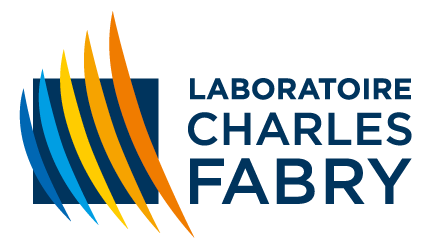PhD students' seminar: Nolann RAVINET
- Séminaire des Doctorants
- Evénement scientifique
PhD students' seminar given by Nolann RAVINET from the group Optique XUV, on 09 June 2022 at 1.15pm in the auditorium of the Institut d'Optique in Palaiseau, on the topic: "Development of interferential coatings for high resolution X-ray imagers."
Abstract: "Fusion by inertial confinement is a privileged way to experimentally access the extreme conditions of matter (high temperature and high pressure) via the implosion of a target. The CEA (Commissariat à l'énergie atomique et aux énergies alternatives) and the Charles Fabry laboratory have a long history of collaboration in the development of plasma diagnostics in the X domain. In order to characterise the implosion symmetry, a microscope with micrometric resolution operating in the hard X-ray range is being developed. In a first phase, this thesis work consists of developing an instrumental response model of one channel of the microscope. The optical response of the interferential mirrors was studied by combining a recursive type calculation of the response at a point on the surface with a ray tracing tool. The mirror coatings were simulated taking into account interface effects between materials reported in the literature, such as inter-diffusion or roughness effects. The experimental part consisted in optimising the deposition parameters of the different materials and characterising the deposited stacks by X-ray reflectometry on the LCF installations and also at the synchrotron (PTB, ESRF, SOLEIL). Finally, the experimental results were compared with simulations in order to obtain a robust model. An important and innovative part of this work consisted in the optimisation of multilayer stacks with well-defined spectral width responses. The deposits have been characterised by X-ray reflectometry and will be characterised by transmission electron microscopy. In a second phase, a preliminary study of a high-energy channel (≥ 20 keV) will be conducted. As the defects of multilayers are very penalizing at high energy, the objective will be to identify the materials and the deposition conditions allowing to minimize them. Particular attention will be paid to the effects of inter-diffusion and roughness of the layers."
